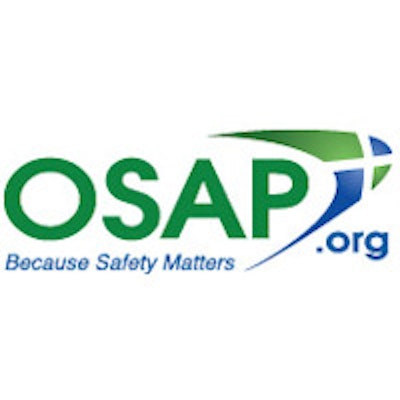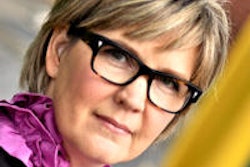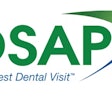
More than 15 years ago, the U.S. Air Force started an infection-control continuing education event. As this event grew, the Air Force asked the Organization for Safety, Asepsis and Prevention (OSAP) to run the administrative aspects of the program, while the Air Force would continue to provide the attendees.
After more than a decade of working together, however, changes in the federal budget meant active military practitioners could not commit to attending the course until well past the registration date. OSAP then became responsible for what is now known as the Core Infection Control Boot Camp, with the next one being held January 12-14 in Atlanta.
When OSAP began having full ownership, the organization had to change the conference model somewhat, said Therese Long, MBA, the executive director of OSAP, in an interview with DrBicuspid.com.
"This has given OSAP the opportunity to extend the content to civilian clinicians," she said. "We have refined the course over time to be a foundation-level course for anyone who is responsible for infection prevention and patient and occupational safety in dentistry."
Attendees include dentists, hygienists, dental assistants, dentists from the U.S. Department of Veterans Affairs, and active military dentists, according to Long.
"The others who attend are largely educators from different dental schools and hygiene and dental assisting programs, along with infection-control coordinators from large group practices and consultants in infection control," she said.
"The attendees are people who are responsible for infection control in their practice and also those who do training on infection control in large group practices," Long said. "It is three days devoted to nothing but this topic, and for those of us in this area, this is very exciting."
The boot camp offers 24 hours of continuing education credit for the three days of the course, Monday through Wednesday, which begins at 8 a.m. and ends at 5:30 p.m. each day. "There is a reason we call it the boot camp," she said with a smile. "It's not easy."
The boot camp is a "train-the-trainer experience," Long noted. Unlike more general conferences, most speakers are there for the entire length of the boot camp, she said.
"The course size is such that you have the opportunity to interact with the different speakers, who are there for all three days," she said. "It's not like they are helicoptering in and delivering a lecture and then leaving, they are there."
In addition, each attendee receives OSAP's workbook on Occupational Safety and Health Administration (OSHA) and Centers for Disease Control and Prevention (CDC) guidelines, "OSHA and CDC Guidelines: Combining Safety with Infection Control and Prevention for Dentistry" Interact Training System Workbook.
"It's a workbook, with checklists, graphics, and quizzes," she said. "It is a very user-friendly guide to implementing both OSHA regulations and CDC guidelines."
Attendees who complete the boot camp will have a notebook when they return to their offices or duty stations that is full of information to help them implement and comply with safe dental practices, she noted.
"It's the only course that is focused on ensuring that those who are responsible for infection control have those core fundamentals under their belt," Long said. "When they go back to their practice or duty station, they have a great appreciation of the core curriculum for infection prevention and safety. They also know where the resources are to help them in their day-to-day practice."
Because of increased interest in infection control from dentists and dental practices, OSAP is opening up the conference to 40% more attendees, Long noted.
"In the past several years, we've had around 280 attendees, but this year, we have it set up so that we can accommodate about 400 people," she said.
For more information, please visit the OSAP website.



















